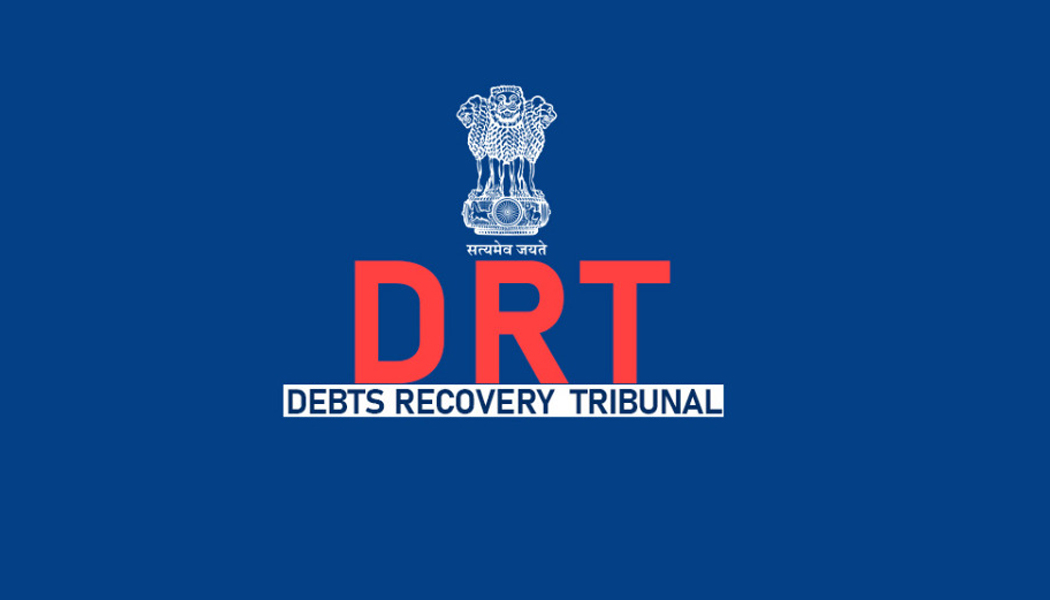
Who can file case under DRT?
The term “DRT” typically refers to Debt Recovery Tribunals, which are specialized legal bodies in India established under the Recovery of Debts Due to Banks and Financial Institutions Act, 1993 (DRT Act). DRTs have been set up to facilitate the expeditious recovery of debts due to banks and financial institutions from defaulting borrowers. Here’s a detailed explanation of who can file a case under DRT:
Who can file a case under DRT?
- Banks and Financial Institutions: The primary entities that can file cases under DRT are banks and financial institutions. These include both public sector and private sector banks, as well as non-banking financial companies (NBFCs) and other financial institutions. These entities can approach the DRT for recovering the debts owed to them by defaulting borrowers.
- Securitization and Reconstruction Companies (SRCs): SRCs are specialized entities that purchase non-performing assets (NPAs) from banks and financial institutions with the aim of recovering the debt. If a bank or financial institution has assigned its debt to an SRC, the SRC can file a case under DRT to recover the debt on behalf of the assignor.
- Cooperative Banks: Cooperative banks, which are regulated by the Reserve Bank of India (RBI) and operate at the grassroots level, can also file cases under DRT for recovering defaulted loans.
Procedure for Filing a Case under DRT:
- Notice and Demand: Before filing a case under DRT, the bank or financial institution typically sends a notice to the borrower demanding repayment of the outstanding debt. This notice usually contains details of the amount owed, the default, and a timeline for repayment. The borrower is given an opportunity to respond and make arrangements for repayment.
- Application to DRT: If the borrower fails to respond to the notice or does not comply with the repayment demands, the bank or financial institution can file an application before the appropriate Debt Recovery Tribunal. The application should include details of the borrower, the amount owed, the nature of the debt, and the grounds for default.
- Filing Fee and Documents: Along with the application, the applicant needs to pay a filing fee and submit various documents such as loan agreements, security documents, evidence of default, and any correspondence with the borrower.
- DRT Proceedings: Once the application is accepted by the DRT, the tribunal issues notices to the borrower and any other concerned parties, informing them about the proceedings. The borrower is given an opportunity to file a written response to the application and attend hearings.
- Evidence and Arguments: Both the applicant (bank/financial institution) and the borrower present their evidence and arguments before the DRT. This may involve presenting documents, witnesses, and legal arguments.
- DRT Order: After considering the evidence and arguments presented, the DRT passes an order. The order can include directions for the borrower to repay the debt, terms of repayment, and consequences of non-compliance.
- Enforcement: If the borrower fails to comply with the DRT order, the applicant can take steps to enforce the order, which may involve attachment and sale of the borrower’s assets.
It’s important to note that the specific procedures and requirements can vary based on the facts of the case, the DRT’s jurisdiction, and any subsequent amendments to the relevant laws. If you are considering filing a case under DRT or are involved in a DRT case, it’s advisable to seek legal advice from a qualified DRT lawyer in Indore or professional familiar with Indian banking and financial laws.
